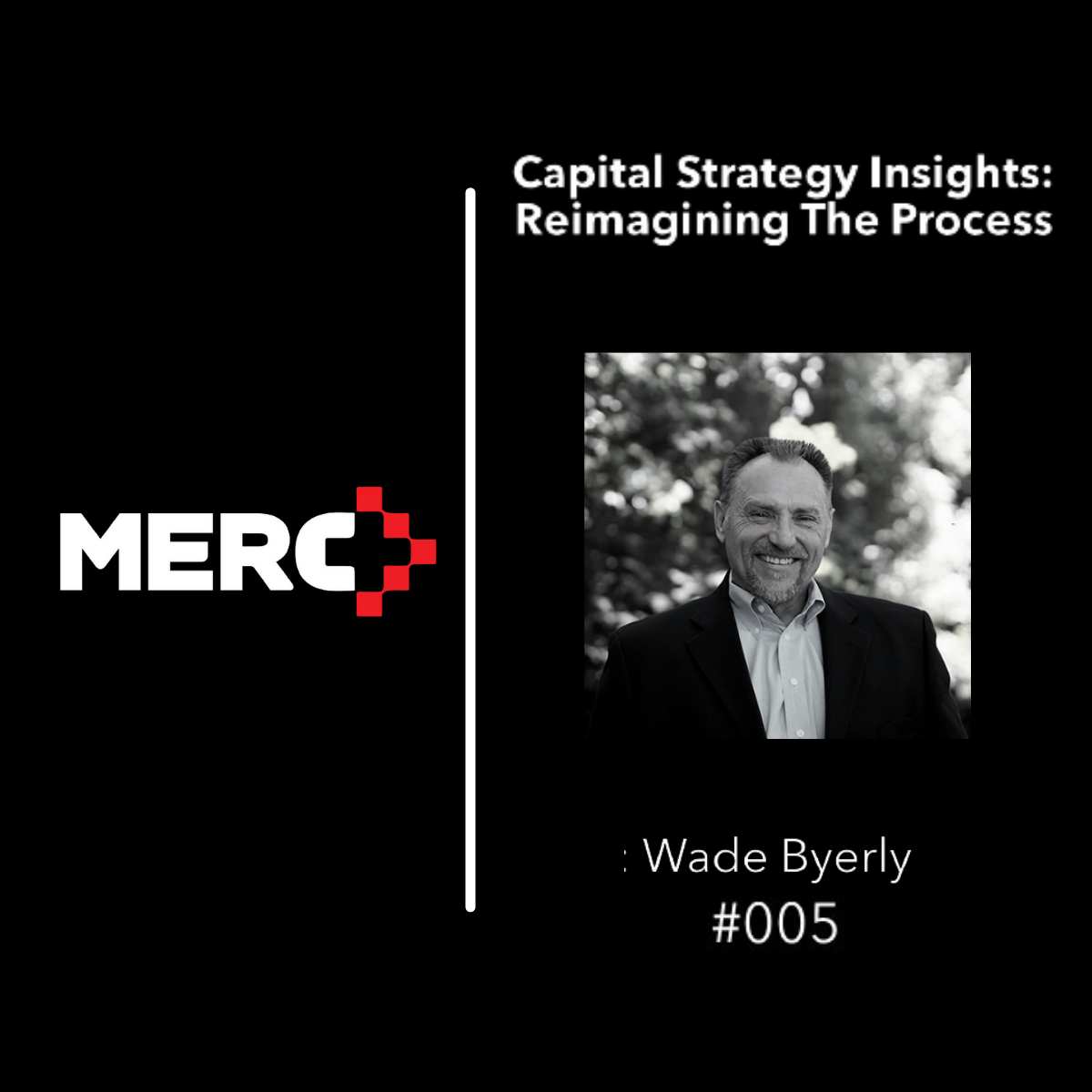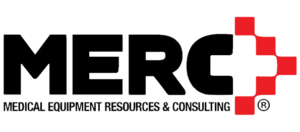Capital Strategy Insights: Reimagining the Process #005
 10.26.2021
10.26.2021
#005 Asset Value Contribution to Lifecycle – Part 4: Negative Equity Avoidance
In Post #004 we looked at the three contributors to the asset lifecycle: Appropriate standard of care; reliability and maintainability; and market value. The focus was on the role of market value when evaluating estimated remaining useful life (ERUL). I identified that zero market value for the asset was essentially terminal financial failure, and due to the costs of decommissioning and retiring a piece of capital equipment, the asset provides no value to cover these costs, putting the asset in a state of negative equity (“upside down”). The condition of not having market value resulting in negative equity means the device has no more remaining useful life.
Even if you don’t totally buy this concept, one has to agree that 1) asset market value is an important consideration to asset life; 2) in the face of insufficient or zero market value negative equity exists because of decommissioning costs; and 3) negative equity will only increase over time. Your organization may be OK with this condition (which assumes that the negative equity is recognized); we certainly see it occurring in the industry nearly every day. Sometimes I hear “The device is still generating revenue”. That is true, you can still be in negative equity and generating revenue, although that may be for a very limited time due to reliability and standard of care considerations. You can also still generate revenue with a device that is in positive equity, which will improve profits or retained earnings.
So, if negative equity is real and it is silently siphoning off profits/earnings, the question then becomes “how to avoid negative equity?” The answer is to find it. How? One must look at asset value and end of life costs (aka decommissioning costs).
Does this mean you should appraise every asset? In an effort not to “pitch” services and software, let’s just say that we believe that you should at the least appraise the biggest ticket assets in the portfolio. These are the units that will hurt the worst when they go negative. MRI, CT, Surgical Robots, Large Lab Analyzers – these are financially worthy of understanding their market value to dial in remaining useful life.
Considering negative equity on a single infusion pump? Probably not a big deal. Did your organization buy 400 of them at the same time? Now there is something to talk about because each pump will generally have the same market value and decommissioning cost per unit, just now multiplied by 400.
A quick COVID note: While I believe that used equipment might be retaining value for a longer period of time, it is not a dramatic difference in duration pre-COVID. That’s not to say it still could happen. In any case, it takes a real time valuation to informs the decision-maker in terms of the asset’s equity position. Said another way, if the downward slope of market devaluation flattens due to the pandemic, you will see it with an appraisal; it’s just not our experience that we are seeing much “flattening” of that slope.
The key is understanding value over useful life, the asset decommissioning costs, and then not letting value drop below those costs. When the asset goes into negative equity you lose leverage in the replacement event and are generally forced to get the best deal you can to stop the bleeding. When you replace an asset in positive equity, replacement is about recovering as much equity in the asset as possible and reducing the overall spend; however, that is a discuss best left to the next post.


